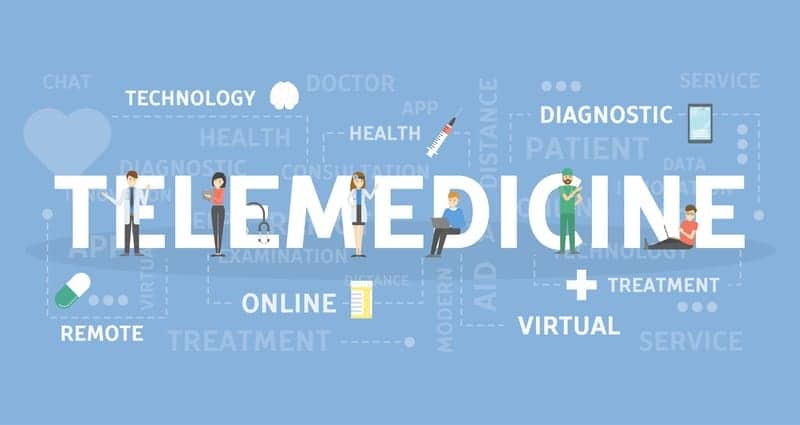COVID-19 created unprecedented demand for telehealth, given the need for continued timely and safe access to care while avoiding in-person contact. Aided by relaxed federal regulations at the start of the virus’ spread in the United States, many physicians and health care organizations quickly adapted how they triage both acute and chronic care for patients in their communities. Virtual visits offer access to many ambulatory care services, protecting patients and health care workers alike by reducing potential exposure to COVID-19, preserving personal protective equipment (PPE), and allowing patients to feel safe seeking care without delays.
The rapid transition, however, has left many physicians grappling with how to integrate and adapt telehealth into their workflows. Telehealth usage was relatively low before COVID-19—in fact, a July 2019 consumer survey found fewer than 10 percent of US residents had used telehealth instead of an in-person visit in the previous year. Telemedicine has many advantages, but it is not a complete and perfect substitute for in-person care.
As Telehealth Surges, Dermatology Brings Experience With Access And Sustainability



